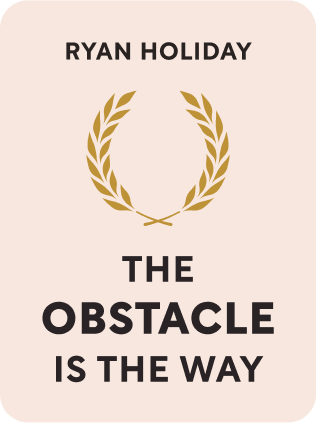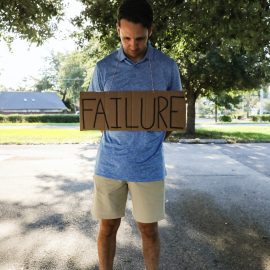

This article is an excerpt from the Shortform book guide to "The Obstacle Is The Way" by Ryan Holiday. Shortform has the world's best summaries and analyses of books you should be reading.
Like this article? Sign up for a free trial here .
What is the Stoic secret to staying calm and imperturbable in times of adversity? Can anybody cultivate the Stoic mindset? What are some Stoicism exercises you can practice?
Stoicism is a philosophy of personal ethics which teaches the cultivation of self-discipline and mental toughness as a way of overcoming life’s challenges. The following Stoicism exercises will help you consider how you can bring to mind the teachings of Stoic philosophy.
These exercises will help you consider your own life challenges through the lens of Stoicism philosophy.
Putting Stoicism into Practice: Exercises to Get You Started
Stoicism is an ancient Greek philosophy of personal ethics developed by Zeno of Citium in the early 3rd century BC. It teaches the development of emotional self-control and mental strength as a means of overcoming life’s trials and tribulations. Here are some exercises that will help you consider how you can put Stoicism into practice.
Exercise 1: What’s Yours to Change?
When you confront a challenge or obstacle, ask yourself. “What’s up to me and what isn’t up to me?” Then focus only on what’s yours to change.
Describe a frustrating obstacle in your work or your personal life.
Which aspects are within your control and which aren’t? Which ones matter most?
What can you do about the important aspects within your control?
Exercise 2: Find the Opportunity
In every situation or obstacle, there’s a hidden opportunity that you can turn to your own benefit; it’s a matter of viewing the obstacle neutrally (seeing it as it is, without judgment), then reorienting your thinking to see it as an opportunity rather than a problem.
Describe a problem or challenge that frustrated you today. Why was it frustrating?
Try describing it again, this time as objectively as possible (remove the emotion and judgment). How does this differ from your first description?
What potential benefits can you see in the situation? How can you take advantage of them?
Exercise 3: Persist on a Problem
When you’re stuck on a problem, don’t be distracted by critics or tempted to give up. Each effort is an opportunity to test ideas and learn; eventually, you’ll find the right one.
Think of a problem where you’ve tried multiple solutions, but nothing’s worked (for example, fixing your car or searching for a new job). What are you telling yourself about your progress?
How many attempts have you made? What have you learned so far?
What are three unconventional approaches you could take to the problem?
Exercise 4: Practice Acceptance
Describe a problem situation in your life that you can’t change (for example, an injury that prevents you from playing a sport, or being required to share a small workspace with a coworker you dislike).
What benefit can you gain from this situation (for example, a lesson learned, or a chance to practice a virtue or skill)?
What can you do to change your mindset from complaining about what you didn’t get to appreciating what you gained?

———End of Preview———
Like what you just read? Read the rest of the world's best book summary and analysis of Ryan Holiday's "The Obstacle Is The Way" at Shortform .
Here's what you'll find in our full The Obstacle Is The Way summary :
- Why you should think of any obstacles as opportunities
- How Stoicism can show you the way to overcome challenges
- How Theodore Roosevelt's struggle with asthma prepared him for future struggles






